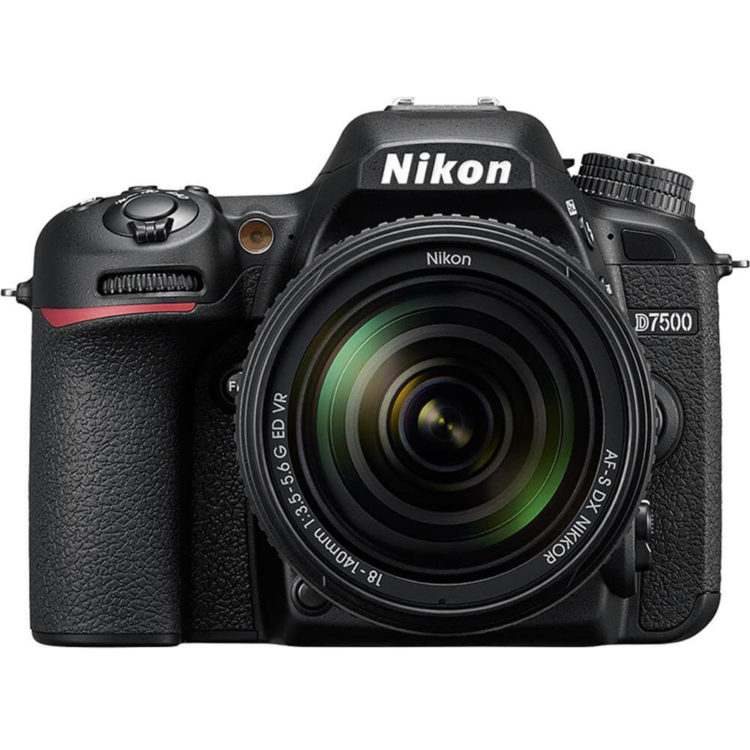Wildlife isn’t always an easy subject to photograph, but with the right camera, things are a lot easier. So, if you are looking for the best camera for nature and wildlife photography, we’re here to help. Below, you’ll find all the key features to look out for in the best wildlife camera, and we have also picked out more than 10 cameras that meet these requirements. Some picks might be better suited to professional wildlife photographers, but most are ideal for beginners and amateurs too, both in terms of features and price tag.
Considerations Choosing the Best Wildlife Photography Camera
As mentioned above, there are a few things for wildlife photographers to keep in mind when choosing the best camera for their subject. Let’s take a look at some of the features that cameras for wildlife should have.
Cropped Sensor vs Full Frame
There are arguments for both cropped sensor and full-frame cameras when it comes to shooting wildlife photos. Full-frame cameras offer better image quality as well as a better performance at higher ISO, which, as we’ll see later, can be very useful when taking photographs in darker conditions, as wildlife photographers often do. On the other hand, cropped sensor cameras are cheaper and also offer a greater reach – your lens seems more ‘zoomed in’ than it would on a full-frame at the same setting. This can be useful when shooting animals from a greater distance.
Autofocus System
Wildlife photographers use autofocus over manual focus the vast majority of the time, so it makes sense to choose a camera with excellent autofocus capabilities. Look for something with a high number of autofocus points covering most of the frame. You’ll also want to look out for a camera with a fast and accurate autofocus system to reduce the chances of missing a shot of a fast-moving subject.
Burst Shooting Speeds
Thinking about fast-moving subjects, you’ll also like to consider how fast the camera can shoot in a continuous burst – how many frames per second is it capable of capturing? The higher this number, the less likely you are to miss the shot. The fastest cameras out there can shoot more than 10 frames per second. Slower cameras can still be used for wildlife, but you’ll need to ensure you can react quickly to get the perfect shot.
Low-Light Performance
Many animals are more active at dawn and dusk, which means that wildlife photography cameras should be able to perform well in low-light. In other words, it should be able to take high-quality, noise-free images at relatively high ISO values.
Lenses Available
For wildlife photography, a telephoto zoom lens will be the most popular choice of lens. A long focal length will almost certainly be necessary in order to get close-up shots of birds in the sky or deer across a field, for example. Be sure to check any lenses you wish to buy are compatible with the lens mount on the camera.
Size and Weight
If the camera will be used for long periods of time, ensure it is comfortable to carry and to hold when shooting. The lenses used by wildlife photographers tend to be large and heavy, so keep this in mind too.
Durability
The best cameras for outdoors should be somewhat durable, as it is inevitable that they will be dropped at least once during a shoot. Look for something that can be used in light rain and can handle a few bumps without needing to go to the repair shop.
11 Best Cameras for Wildlife Photography
Now that we’ve seen some of the features to look out for in wildlife cameras, let’s take a look at some of the best picks on the market today.
1. Nikon D850
One of the best wildlife photography cameras is undoubtedly the Nikon D850. In fact, this is one of the best cameras for professional photographers and more advanced amateurs no matter what type of photography they are interested in. The D850 boasts an extraordinary full-frame, 45.7 MP sensor, and an excellent dynamic range, so you can capture any scene in an extremely high level of detail.
This camera is well-suited to shooting wildlife as it can shoot at a fast rate of 7 fps, or up to 9 fps if you purchase the additional battery grip. It also has a silent shooting mode which allows you to capture images without any sound from the camera – ideal for not disturbing wildlife. There are 153 focus points on this model and autofocusing is highly accurate – the same system is used in Nikon’s flagship D5. Even in dark conditions, the D850 has no problem focusing – it can autofocus down to -4 EV.
The D850 can record 4K video in full-frame for those who are interested in capturing video footage, too. It is weather sealed so it can easily withstand being used near waterfalls and in light rain.
- Camera type: DSLR
- Lens mount: Nikon F-mount
- Sensor: 45.7MP CMOS back-side illuminated
- Full frame: Yes
- In-body image stabilization (IBIS): No
- Image processor: Expeed 5
- AF points: 153
- ISO range: 64 – 25600
- Max image size: 8256 x 5504
- Video: 4K
- Viewfinder: Optical
- Memory card: Dual – XQD and SD
- LCD: 3.2″ tilting, 2300k dots
- Max burst: 7fps (9fps with battery grip)
- Connectivity: Bluetooth, WiFi, SnapBridge
- Size: 5.7 x 4.9 x 3.1 inches
- Weight: 32.3 ounces
For more about the D850 Camera check out these 2 in-depth reviews:
2. Sony a9
If you are considering a mirrorless camera for wildlife photography, the Sony a9 is an excellent pick. It features the world’s first stacked CMOS sensor with integrated memory as well as the world’s first continuous shooting speed of 20 fps without blackout. There are a massive 693 autofocus points on the a9, covering more than 93% of the frame. It also has a very fast shutter speed of up to 1/32000 – ideal for even the fastest moving wildlife. The shutter is silent too, so the subject won’t be disturbed during shooting.
Sony’s a9 operates in temperatures from 32 – 104F, so it is suitable for extreme environments. There is no problem with water getting in the camera either, another reason why it is excellent for wildlife photographers working outdoors. The a9 is very fast to focus, so the chances of missing a shot are slim. It also boasts an excellent battery life of around 480 shots taken with the viewfinder or 650 shots with the LCD.
- Camera type: Mirrorless
- Lens mount: Sony E-mount
- Sensor: 24MP stacked CMOS
- Full frame: Yes
- In-body image stabilization (IBIS): Yes
- Image processor: Bionz-X
- AF points: 693
- ISO range: 100-51200
- Max image size: 6000 x 4000
- Video: 4K
- Viewfinder: 3686k-dot electronic
- Memory card: Dual, one USH-II
- LCD: 3″ vari-angle touchscreen
- Max burst: 20fps
- Connectivity: WiFi, NFC, Bluetooth
- Size: 5.0 x 3.8 x 2.5 inches
- Weight: 23.7 ounces
3. Canon EOS 7D Mark II
If you prefer to shoot with a Canon, the 7D Mark II is ideal for wildlife photography. It offers a high continuous shooting rate of up to 10 frames per second, and has a 65-point autofocus system. This might be one of the cheaper cameras on our list, but it still offers some excellent features. It can autofocus down to EV -3, so you can focus quickly and consistently even in lower lighting conditions.
This is a crop sensor camera so keep in mind the lenses you use will appear more ‘zoomed in’, bringing you closer to the subject. Despite being a crop sensor, the 7D performs very well in terms of ISO. Even at values of 1000 and above, you can expect excellent image quality with no noise.
- Camera type: DSLR
- Lens mount: Canon EF-S
- Sensor: 20.2MP CMOS
- Full frame: No
- In-body image stabilization (IBIS): No
- Image processor: Digic 6
- AF points: 65
- ISO range: 100-16000
- Max image size: 5472 x 3648
- Video: 1080p, 60fps
- Viewfinder: Optical
- Memory card: Dual, CF and SD
- LCD: 3″ 1040k dots
- Max burst: 10fps
- Connectivity: Wi-Fi (with adapter)
- Size: 5.87 x 3.07 x 4.41 inches
- Weight: 2.01 pounds
4. Nikon D500
Our next pick is a crop-sensor Nikon, the D500. It is one of the best cameras for sports and wildlife when the subject is moving fast, as it can capture 10 fps for up to 200 frames in one burst. The D500 also has an excellent autofocus system, offering 153 focus points. Sometimes wildlife photographers might find themselves working at difficult angles, which is why we love the tilting touchscreen on the Nikon D500 – it can be adjusted so you can clearly frame your shot when shooting at awkward angles. There are 2359k dots on the LCD, so it shows a high level of detail.
The D500 is Nikon’s flagship crop frame model, and has such it has many more excellent features. It has a native ISO range of up to 51200, and it offers an excellent dynamic range with a high level of detail even in the shadowed areas of your images. The D500 is tough and durable, so it is perhaps the best camera for outdoors. It is resistant to both dust and water droplets and is made from carbon fiber and magnesium alloy.
- Camera type: DSLR
- Lens mount: Nikon F-mount
- Sensor: 20.9MP CMOS
- Full frame: No
- In-body image stabilization (IBIS): No
- Image processor: Expeed 5
- AF points: 153
- ISO range: 100 – 51200
- Max image size: 5568 x 3712
- Video: 4K
- Viewfinder: Pentaprism
- Memory card: Dual SQD and SD
- LCD: 3.2″ tilting, 2359k dots
- Max burst: 10 fps
- Connectivity: WiFi and Bluetooth
- Size: 5.8 x 4.6 x 3.2 inches
- Weight: 1.9 pounds
5. Canon EOS 5D Mark IV
Canon makes some of the best cameras for wildlife photography, and the 5D Mark IV is another great example. The full-frame camera features a 30.4MP sensor and a maximum native ISO of 32000, both of which make this a great choice for animal photography in poorer lighting conditions. It offers a high continuous shooting speed of 7 frames per second, so it’s ideal for capturing a fast-moving subject.
With 61 AF points and 41 cross-type points, you are sure to get your subject in perfect focus easily. If you like to add a geotag to your images, this could be the best camera for wildlife photography to go for. It has a built-in GPS that can add this information, using satellites from around the world. The 5D Mark IV can also capture high-quality video footage – 4K at 30 fps, or Full HD at up to 60 frames per second.
- Camera type: DSLR
- Lens mount: Canon EF
- Sensor: 30.4MP CMOS
- Full frame: Yes
- In-body image stabilization (IBIS): No
- Image processor: Digic 6
- AF points: 61
- ISO range: 100 – 32000
- Max image size: 6720 × 4480
- Video: 4K 30fps, 1080p 60fps
- Viewfinder: Optical
- Memory card: Dual, CF and SD
- LCD: 3.2″ touchscreen
- Max burst: 7 frames per second
- Connectivity: WiFi
- Size: 3.00 x 5.90 x 4.60 inches
- Weight: 1.76 pounds
6. Canon EOS-1DX Mark II
If you’re looking for professional cameras for wildlife photography, Canon’s flagship DSLR is a strong contender. The EOS-1DX offers an extremely fast continuous shooting rate of up to 14 frames per second, in full-resolution RAW format. Or, shoot in live view and experience up to 16 fps, with either mode offering a maximum burst of 170 frames. The EOS 1-DX is equipped with dual DIGIC 6+ image processors and a wide-area autofocus system with 61 focus points.
The Mark II can autofocus down to -3 EV, so you don’t need to worry about missing a shot in low light. The highest native ISO value is 51200, and the camera can capture a high level of detail in most lighting conditions. It has a magnesium alloy body with dust- and weather-sealed ports, allowing for safe shooting in harsh outdoor environments. 4K video can also be taken on this camera, at 60 frames per second, and stills can be grabbed from the video footage, although they will be lower quality. The price tag of this camera might be too much for hobbists, but for professionals shooting on a daily or near-daily basis, it is an excellent buy.
- Camera type: DSLR
- Lens mount: Canon EF mount
- Sensor: 18.1MP
- Full frame: Yes
- In-body image stabilization (IBIS): No
- Image processor: Dual Digic 6
- AF points: 61
- ISO range: 100 – 51200
- Max image size: 5472 x 3648
- Video: 4K 60 frames per second
- Viewfinder: Optical
- Memory card: Dual, CFast
- LCD: 3.2″ touchscreen, 1.62 million dots
- Max burst: 16 frames per second
- Connectivity: WiFi
- Size: 6.2 x 6.6 x 3.3 inches
- Weight: 54.5 ounces
7. Nikon D5
Whilst this might not be the best camera for wildlife photography beginner, for professionals, Nikon’s D5 is another outstanding choice. Nikon’s flagship model comes with a range of impressive features, although it also has a high price tag to reflect this. The D5 boasts an EXPEED 5 image processor and a 20.8 megapixel CMOS full-frame sensor. In terms of continuous shooting, the maximum burst is 200 frames (with AE/AF) at a rate of 12 frames per second, so you’ll never miss the action again.
The D5 features Nikon’s widest ever native ISO range of 100 – 102400, as well as improved noise reduction. As well as this, the AF system is also effective in almost dark conditions, -4 EV, meaning it’s possible to shoot in conditions that would have been almost impossible before. There are 153 focus points with 99 cross-type sensors and also a processor dedicated to autofocusing. So, even the smallest, fastest-moving subjects can be tracked with incredible accuracy. 4K video shooting is also possible with this camera, and 4K quality can even be maintained when shooting time-lapse footage. There is a built-in stereo microphone, and the D5 also performs very well at shooting video in low-light.
- Camera type: DSLR
- Lens mount: Nikon F-mount
- Sensor: 20.8MP CMOS
- Full frame: Yes
- In-body image stabilization (IBIS): No
- Image processor: Expeed 5
- AF points: 153
- ISO range: 100 – 102400
- Max image size: 5568 x 3712
- Video: 4K
- Viewfinder: Optical
- Memory card: Dual XQD
- LCD: 3.2″ touchscreen, 2.36 million dots
- Max burst: 12 frames per second
- Connectivity: WiFi, NFC, Bluetooth
- Size: 6.3 x 6.26 x 3.62 inches
- Weight: 3.12 pounds
8. Nikon D750
Table could not be displayed.The next best camera for wildlife photography is another Nikon, and this one is ideal for both professionals and amateurs alike. Wildlife photographers will love the reasonably fast continuous shooting speed of 6.5 frames per second as well as the excellent autofocus performance – effective down to -3 EV. The full-frame camera is equipped with a 24.3 megapixel sensor and the EXPEED 4 image processor as well as built-in Wi-Fi for instantly sharing photos. If you are interested in recording wildlife videos, the D750 can take Full HD videos at up to 60 fps. It’s possible to control settings such as ISO and aperture when recording, or set it to adjust automatically giving a smooth transition in changing conditions.
The Nikon D750 features a vari-angle LCD so it can be used for shooting in awkward positions more easily, as is often the case when shooting wildlife photos. The camera is also relatively compact and lightweight for as far as full-frame DSLRs go, which is a plus for using on longer shoots.
- Camera type: DSLR
- Lens mount: Nikon F-mount
- Sensor: 24.3MP CMOS
- Full frame: Yes
- In-body image stabilization (IBIS): No
- Image processor: Expeed 4
- AF points: 51
- ISO range: 100 – 12800
- Max image size: 6016 x 4016
- Video: 1080p
- Viewfinder: Optical, 100% coverage
- Memory card: Dual, UHS-I
- LCD: 3.2″, 1229k dot tilting
- Max burst: 6.5 fps
- Connectivity: WiFi
- Size: 5.55 x 3.07 x 4.45 inches
- Weight: 1.65 pounds
For more check out the full Nikon D750 review.
9. Canon EOS 80D
We’ve already seen some excellent Canon cameras for wildlife photography, and the 80D comes with a moderate price tag yet has some excellent features making it a popular choice amongst wildlife photographers. The crop sensor gives lenses a longer focal length – ideal for getting closer to wildlife. The 80D features a 45-point AF system that performs well up to -3 EV, and there are four different AF modes so blurred shots are a thing of the past. Continuous shooting is fast on this camera, with a rate of up to 7fps – perfect for getting action shots.
The Digic 6 image processor on the 80D ensures it is fast, and the 24.2MP APS-C sensor gives beautiful, high-resolution images. It also performs well in low-light thanks to the wide ISO range.
- Camera type: DSLR
- Lens mount: Canon EF-S
- Sensor: 24.2MP APS-C
- Full frame: No
- In-body image stabilization (IBIS): Yes
- Image processor: Digic 6
- AF points: 45
- ISO range: 100 – 25600
- Max image size: 6000 x 4000
- Video: 1080p
- Viewfinder: Optical
- Memory card: UHS-I
- LCD: 3″ 1040k dots
- Max burst: 7 fps
- Connectivity: WiFi, NFC
- Size: 5.47 x 4.14 x 3.09 inches
- Weight: 25.75 ounces
10. Nikon D7200
If you are a beginner wildlife photographer, the Nikon D7200 is a great choice. It is one of the lower-priced models on our list, so it is ideal for those who are just getting started. Despite the more affordable price tag, the D7200 offers an excellent continuous shooting speed of 6 fps and a 51-point autofocus system. In JPEG format, the maximum burst is 100 shots, but in RAW this is reduced to 27 shots. In either case, this should be sufficient for non-professional photographers.
Another reason that the D7200 is a contender for the best camera for wildlife photography is its excellent low-light performance. The image quality remains high all the way up to the maximum native ISO value of 25600. You’ll also find the EXPEED 4 image processor on this camera as well as WiFi and NFC for easily sharing photos.
- Camera type: DSLR
- Lens mount: Nikon F-mount
- Sensor: 24.2MP CMOS
- Full frame: No
- In-body image stabilization (IBIS): No
- Image processor: Expeed 4
- AF points: 51
- ISO range: 100 – 25600
- Max image size: 6000 x 4000
- Video: 1080p
- Viewfinder: Optical
- Memory card: Dual UHS-I
- LCD: 3.2″, 1229k dots
- Max burst: 6
- Connectivity: WiFi and NFC
- Size: 5.35 x 2.99 x 4.21 inches
- Weight: 1.49 pounds
11. Canon Rebel T6i
Table could not be displayed.Finally, we have what could be considered the best affordable camera for wildlife photography. The Canon Rebel features a 24.2 megapixel APS-C sensor and a native ISO range of 100 – 12800, so it is ideal for low-light situations. The burst shooting rate is quite good, at 5 fps, and the AF system offers 19 cross-type focus points. The Rebel T6i features a fully articulated LCD screen so it can be positioned for easy shooting at difficult angles and in awkward positions. You can even use a mobile device to remotely release the shutter.
This could in fact be Canon’s best camera for wildlife photography on a budget. Coming in at under $1000, it offers some excellent features comparable to higher-end models. The Digic 6 image processor and large sensor size ensure this camera performs exceptionally well in low light, leaving one less thing to worry about when you are shooting.
- Camera type: DSLR
- Lens mount: Canon EF-S
- Sensor: 24.2 MP APS-C
- Full frame: No
- In-body image stabilization (IBIS): No
- Image processor: Digic 6
- AF points: 19
- ISO range: 100 – 12800
- Max image size: 5184 x 3456
- Video: 1080p 60 frames per second
- Viewfinder: Optical
- Memory card: SDXC
- LCD: 3″
- Max burst: 50 fps
- Connectivity: WiFi and NFC
- Size: 5.2 x 3.07 x 3.98 inches
- Weight: 1.22 pounds
Best Buy Overall
After reviewing more than 10 models, the one which stands out as the best camera for wildlife photography has to be the Nikon D5. It boasts outstanding low light performance and incredible image quality, even when shooting at high ISOs. It has two processors for excellent speed, and can take bursts of up to 200 shots at a rate of 12 fps. the 153-point AF system ensures you can always get your subject in perfect focus and frame the shot as you like. For professionals, it’s hard to beat the Nikon D5.
Best Budget Pick
If you’re looking for the best cameras for wildlife photography but don’t have a huge budget, the Canon EOS 5D Mark IV is another great option. This entry-level camera offers excellent image quality even in low light, thanks to its 30.4-megapixel full-frame sensor and high ISO of 32000. You also get a very good continuous shooting speed of 7 fps with this model, and the 61 AF points ensure every shot is in perfect focus.
Last update on 2025-07-15 / Affiliate links / Images from Amazon Product Advertising API


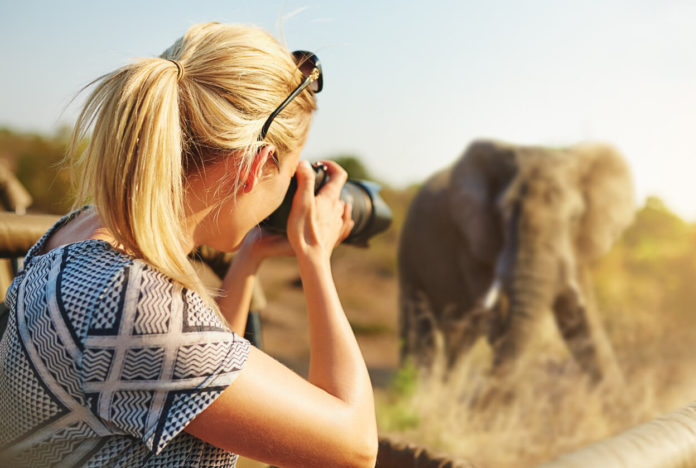

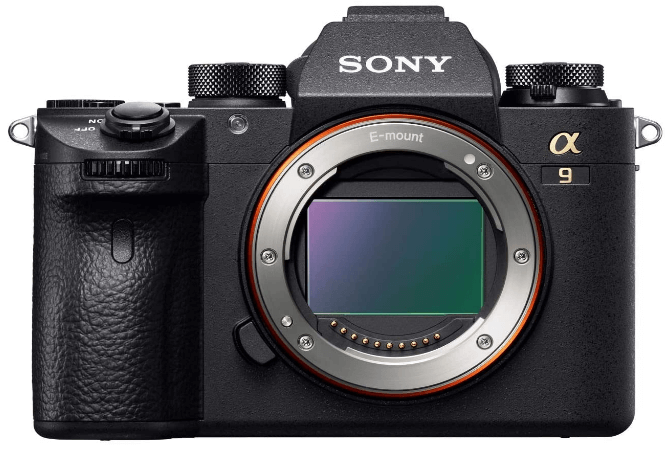


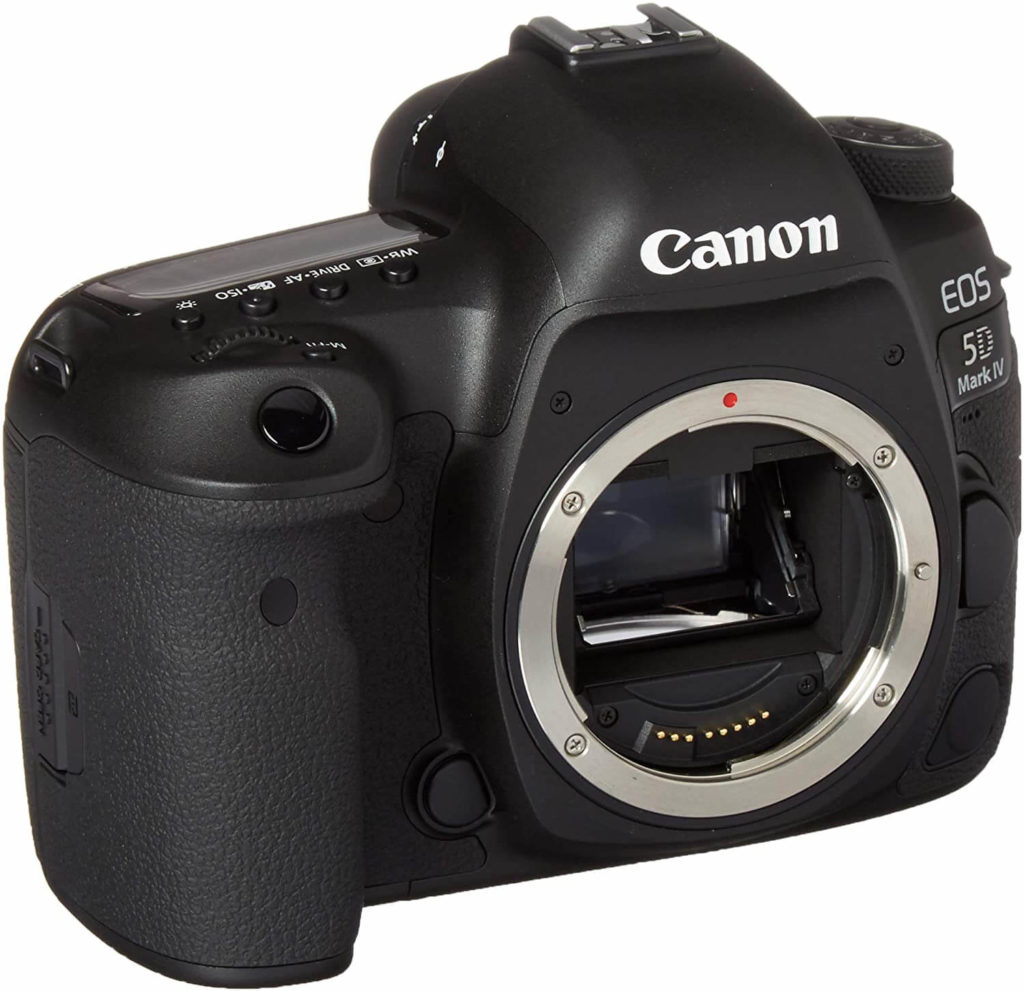
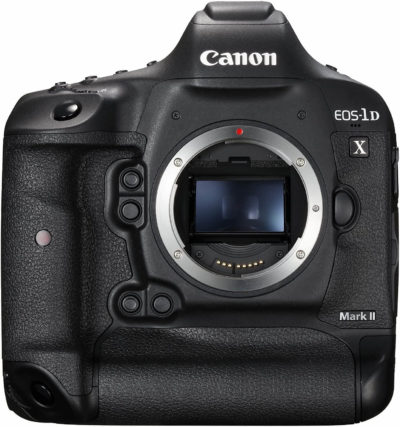
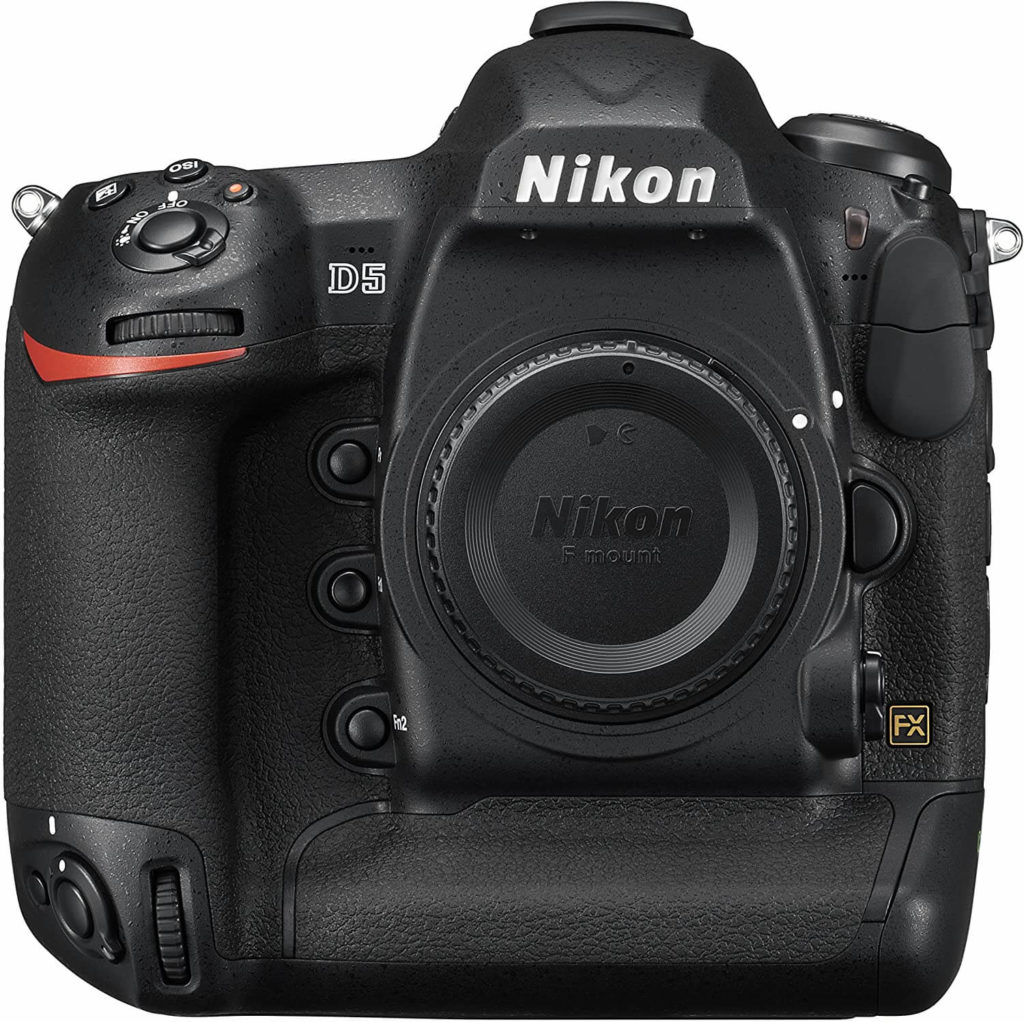
![This is an image of Canon Digital SLR Camera Body [EOS 80D] with 24.2 Megapixel (APS-C) CMOS Sensor and Dual Pixel CMOS AF - Black](https://lensandshutter.com/wp-content/uploads/2020/04/02-2-e1585730446606.jpg)
